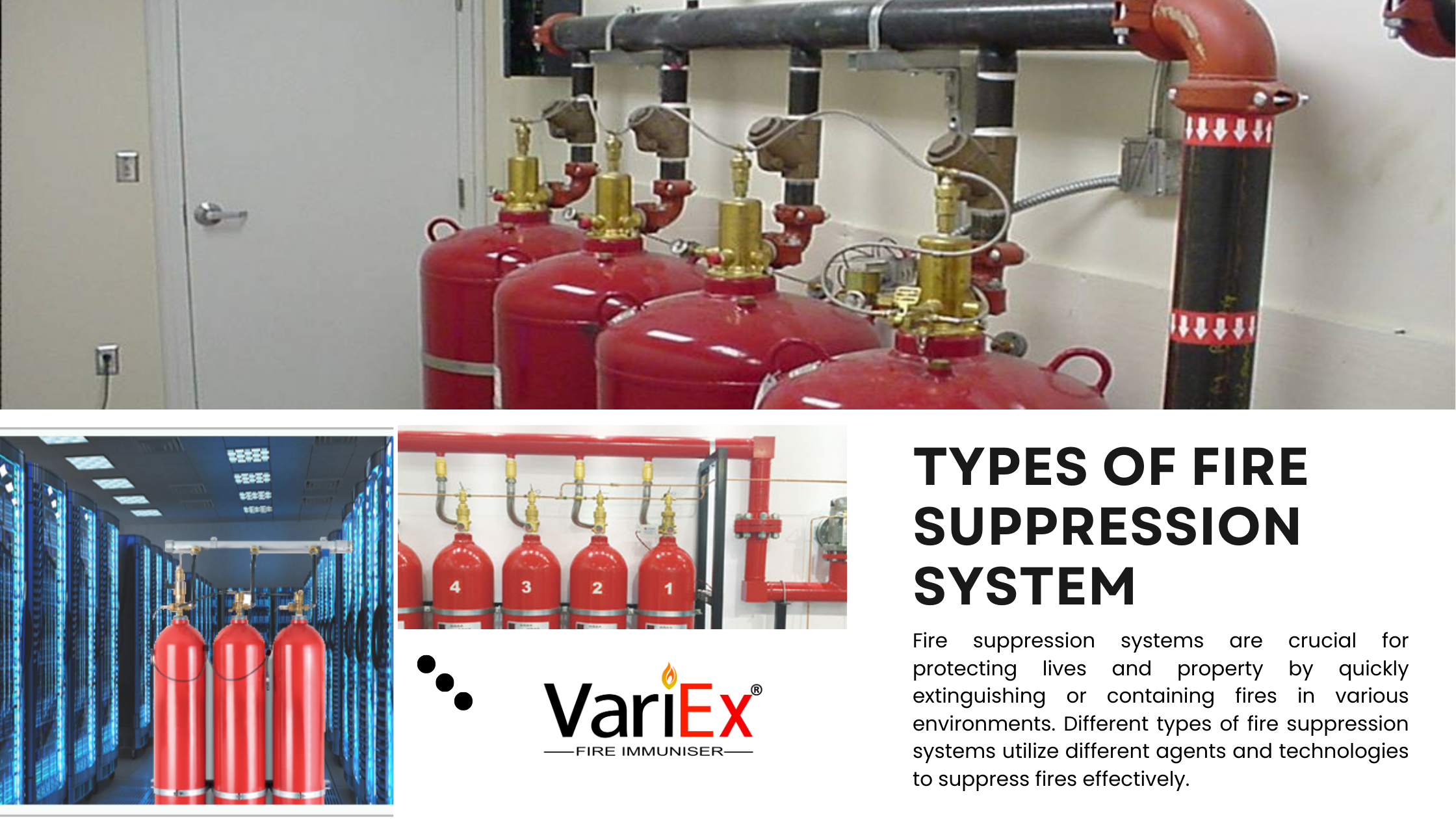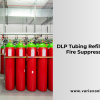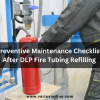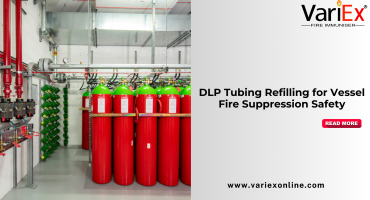![]()
Fire Immuniser
+91-7829629111
Email: info@variex.in
Varistor Technologies Pvt. Ltd.
Block-1, First Floor, Ardente Office One, Hoodi Circle, ITPL Main Road, Bengaluru, Karnataka 560048, IN
Types Of Fire Suppression System
Fire suppression systems are crucial for protecting lives and property by quickly extinguishing or containing fires in various environments. Different types of fire suppression systems utilize different agents and technologies to suppress fires effectively. Understanding the types available can help in selecting the most appropriate system for specific applications.
Type of Fire Suppression System
1. Water-Based Fire Suppression Systems:
- Deluge Systems: Unlike standard sprinkler systems, deluge systems use open nozzles that are connected to a water supply through a piping system. When activated, the entire system releases water simultaneously over a large area, making them suitable for protecting high-hazard areas such as chemical storage facilities or aircraft hangars.
- Water Mist Systems: Water mist systems use fine water droplets to suppress fires. The mist cools the fire, displaces oxygen, and creates a barrier between the flames and surrounding surfaces. These systems are effective for suppressing a wide range of fires and are often used in sensitive environments such as museums, data centers, and hospitals.
2. Gaseous Fire Suppression Systems:
- Inert Gas Systems (e.g., Argonite, Inergen): Inert gas systems reduce the oxygen concentration in the protected area to a level where combustion cannot be sustained. These systems are non-toxic and leave no residue, making them suitable for occupied spaces such as control rooms, server rooms, and archives.
- Carbon Dioxide (CO2) Systems: CO2 systems discharge carbon dioxide gas, which displaces oxygen and suffocates the fire. They are commonly used in industrial applications such as paint booths, printing presses, and electrical substations, where water-based systems could cause damage or pose a risk of electrocution.
3. Foam-Based Fire Suppression Systems:
- Protein-Based Foams: Protein-based foams are derived from natural proteins such as animal hides or plants. They are effective for suppressing fires involving hydrocarbon fuels and are commonly used in industries such as petrochemical, oil and gas, and marine.
- Synthetic-Based Foams: Synthetic foams are derived from synthetic surfactants and are typically used for fires involving polar solvents such as alcohol, ketones, and esters. They form a stable foam blanket over the fuel surface, preventing reignition and vapor suppression.
4. Dry Chemical Fire Suppression Systems:
- Class D Dry Chemical Systems: Class D dry chemical systems are specifically designed for suppressing fires involving combustible metals such as magnesium, titanium, and lithium. They use specialized dry chemical agents that react with the metal surface to form a crust, preventing further combustion.
- Vehicle Fire Suppression Systems: Installed in vehicles such as buses, mining equipment, and military vehicles, these systems automatically detect and suppress fires in engine compartments or other critical areas.
5. Pre-Engineered Fire Suppression Systems:
- Special Hazard Fire Suppression Systems: These systems are designed for protecting specific hazards or high-value assets. Examples include dust collection systems in industrial facilities, transformer vaults, and telecommunications facilities.
- Clean Agent Fire Suppression Systems: Clean agent systems utilize non-conductive and non-corrosive agents that leave no residue, making them suitable for protecting sensitive electronic equipment and archives.
By understanding the capabilities and limitations of each type of fire suppression system, stakeholders can make informed decisions when selecting and designing fire protection systems tailored to their specific needs and requirements. Regular inspection, testing, and maintenance are essential to ensure the continued reliability and effectiveness of these systems in protecting lives and property from the devastating effects of fire.
Frequently Asked Questions
A fire suppression system is a specialized system designed to extinguish or control fires in buildings, vehicles, and industrial environments. These systems use various agents and technologies to suppress fires quickly and effectively, minimizing damage and protecting lives.
Fire suppression systems work by either extinguishing the fire using agents such as water, foam, or dry chemicals, or by reducing the oxygen concentration in the protected area using inert gases. Some systems also interrupt the chemical reaction of the fire to extinguish it.
Fire suppression systems can be categorized into water-based systems (e.g., sprinkler systems), gaseous systems (e.g., inert gas, CO2), foam-based systems, dry chemical systems, and pre-engineered systems (e.g., kitchen fire suppression, vehicle fire suppression).
Fire suppression systems are commonly used in various environments, including commercial buildings, industrial facilities, residential properties, vehicles (e.g., buses, aircraft), and specialized applications such as data centers, museums, and marine vessels.
The frequency of inspections and maintenance depends on factors such as system type, environment, and regulatory requirements. However, as a general guideline, fire suppression systems should undergo regular inspections, functional tests, and maintenance according to manufacturer recommendations and relevant standards.
Final Say
At VariEx.in and VariexOnline.com, we specialize in supplying and installing top-quality fire fighting systems and equipment. From fire extinguishers to advanced suppression systems, we offer comprehensive solutions tailored to your needs. Our experienced team ensures precise installation and maintenance for optimal safety.
Trust VariEx for reliable fire protection. Contact us online or call 7829629111 to learn more.
"WHAT YOU CAN READ NEXT"
 Read more +24 November 2023 in Fire Extinguisher
Read more +24 November 2023 in Fire ExtinguisherWhat types of fire extinguishers are available for different fire classes?
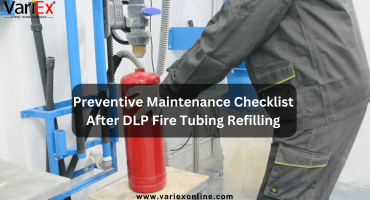 Read more +11 July 2025 in Fire Suppression
Read more +11 July 2025 in Fire Suppression

